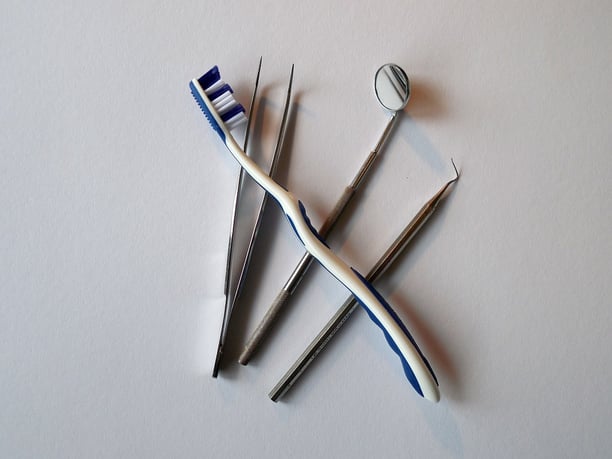
Stereotypically, adults and children alike put off going to the dentist out of fear.
The reality is actually worse.
According to a study by the American Dental Association, a national survey indicated that just 35.4% of working age adults visited the dentist in 2012. The main reason cited for failing to do so was money.
Looking forward to 2014, the survey asked respondents whether they intended to go to the dentist in the next 12 months. A full 23% representing all age groups, income levels, and insurance coverages, responded that they were either unsure or had no intention of going to the dentist over the following year.
In all but the highest income bracket, cost was listed as the main reason for their decision. In the highest income bracket, (400% of the federal poverty line or greater) cost was the second-most cited reason.
This trend has continued, and in the United States, a record number of children are getting routine dental care each year, while adult visits continue to dwindle. One of the main reasons for this seems to be the fact that 36% of the population has no dental insurance.
What most Americans might not know about oral health
The general outlook seems to be that dental care is optional, or even a luxury, but not always a necessity worth budgeting for.
"Poor oral health has been linked to numerous health concerns"
What most Americans might not realize is that oral health goes far beyond how nice your smile looks. Poor oral health has been linked to numerous serious health concerns, with individuals who are less likely to go to the dentist, being:
- 67 percent more likely to have heart disease
- 50 percent more likely to have osteoporosis
- 29 percent more likely to have diabetes
Because they miss the opportunity to obtain preventive care, many of them make up the 738,000 people annually who end up in the emergency room with dental problems.
 Did you know skipping dental visits can negatively affect your overall health?
Did you know skipping dental visits can negatively affect your overall health?
They probably don’t realize the real costs involved
In an article for US News and World Report in May of 2015, Elizabeth Renter reported on the comparative costs of preventive dental care (regular cleanings, x-rays, and examinations) versus reactive care (treating problems after they arise) and the results were eye-opening:
According to the CDC, as many as 27% of adults ages 20-44 probably have an untreated cavity in one of their teeth right now. If they were to see their dentist regularly for checkups, in all likelihood that cavity would be caught early and would require a simple filling (average cost: $170).
However, if that same cavity goes untreated for one or more years, it becomes a much bigger problem: full scale tooth decay can result, along with a tremendous amount of pain and suffering that the patient won’t be able to ignore. As a result, what could have previously been treated with a simple filling now requires a root canal that can cost up to $900 or an extraction for several hundred dollars.
It’s not just the money
As noted above, poor oral health has been linked to dangerous issues like heart disease, diabetes, and respiratory disease.
In addition, various types of oral cancer are most often diagnosed by a dentist during a routine examination. Renter quotes Long Beach, California dentist, Dr. Don Atkins:
“The American Cancer Society estimates 39,500 people in the U.S. will get mouth or oropharyngeal cancer in 2015, and an estimated 7,500 will die of these cancers,” Atkins says. “Early detection and treatment are key to survival.”

Early detection of serious illnesses is possible through routine dental care.
So what should be your attitude toward dental care?
For all these reasons, the prevailing attitude toward dental care needs to change.
Going to the dentist is just as important as seeing a physician regularly. You wouldn’t refuse to see a doctor about nagging chest pains, and proper dental care should be treated with the same level of importance. Ultimately, being able to brush and floss your own teeth doesn’t mean you don’t need a professional examination to assess your oral health.
Managing expenses
If you don’t have quality dental insurance, paying for even basic preventive care can be expensive. If you need to budget for an entire family to just get the basics, it can easily mean spending $1,000 or more over the course of a year.
How can you afford to give dental care the priority it deserves?
A discount dental plan could be the answer you’re looking for. The Dental Solutions program by DenteMax offers discounts of between 20% and 50% off the normal price of routine dental services from participating dentists nationwide.
For less than ten dollars per month, you and your entire family can save on dental that puts routine care within reach for everyone, including cost-conscious families and those without a dental plan through their employer.
Learn more about the Dental Solutions program and remove cost as a hindrance to quality dental care.
